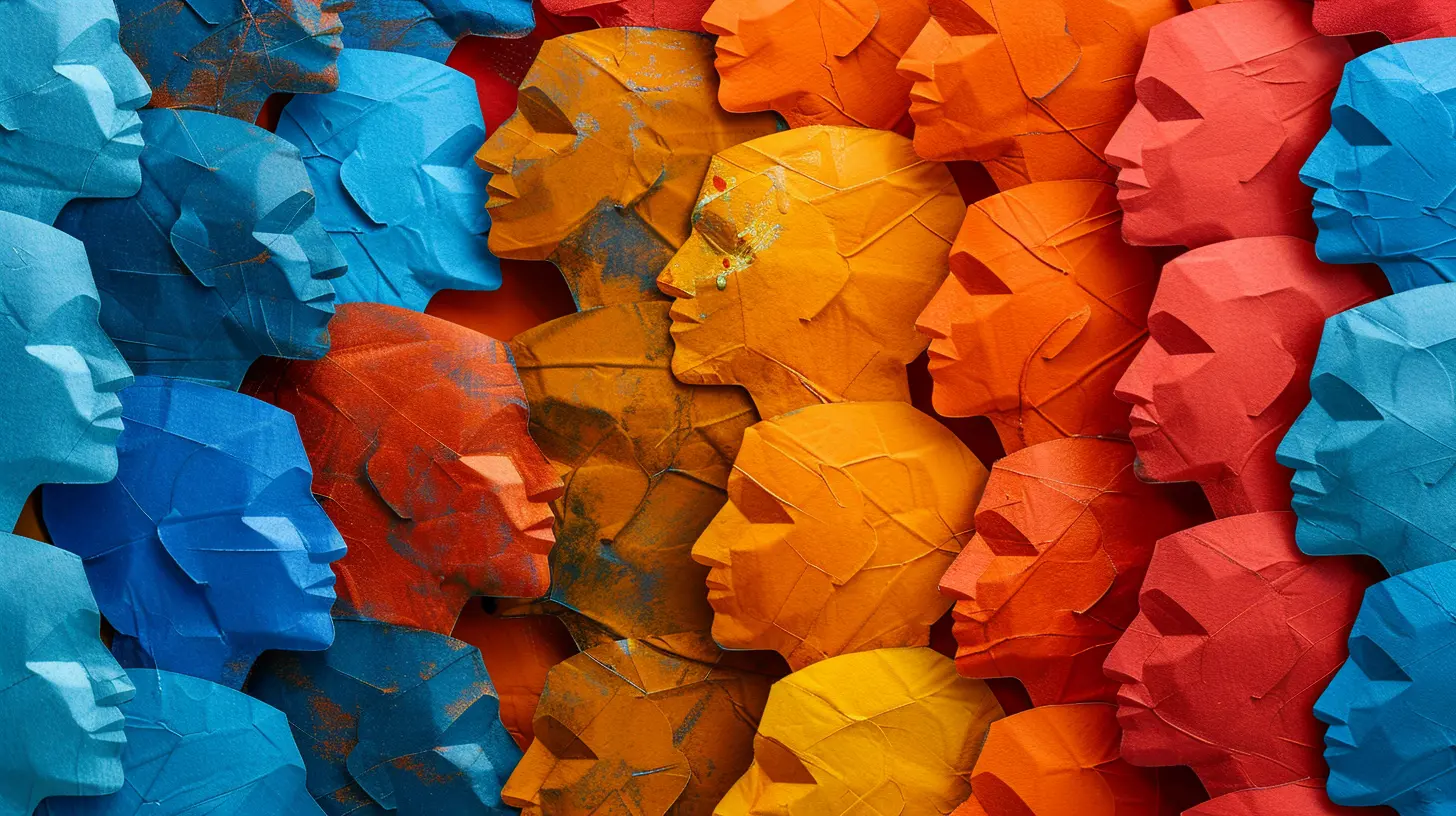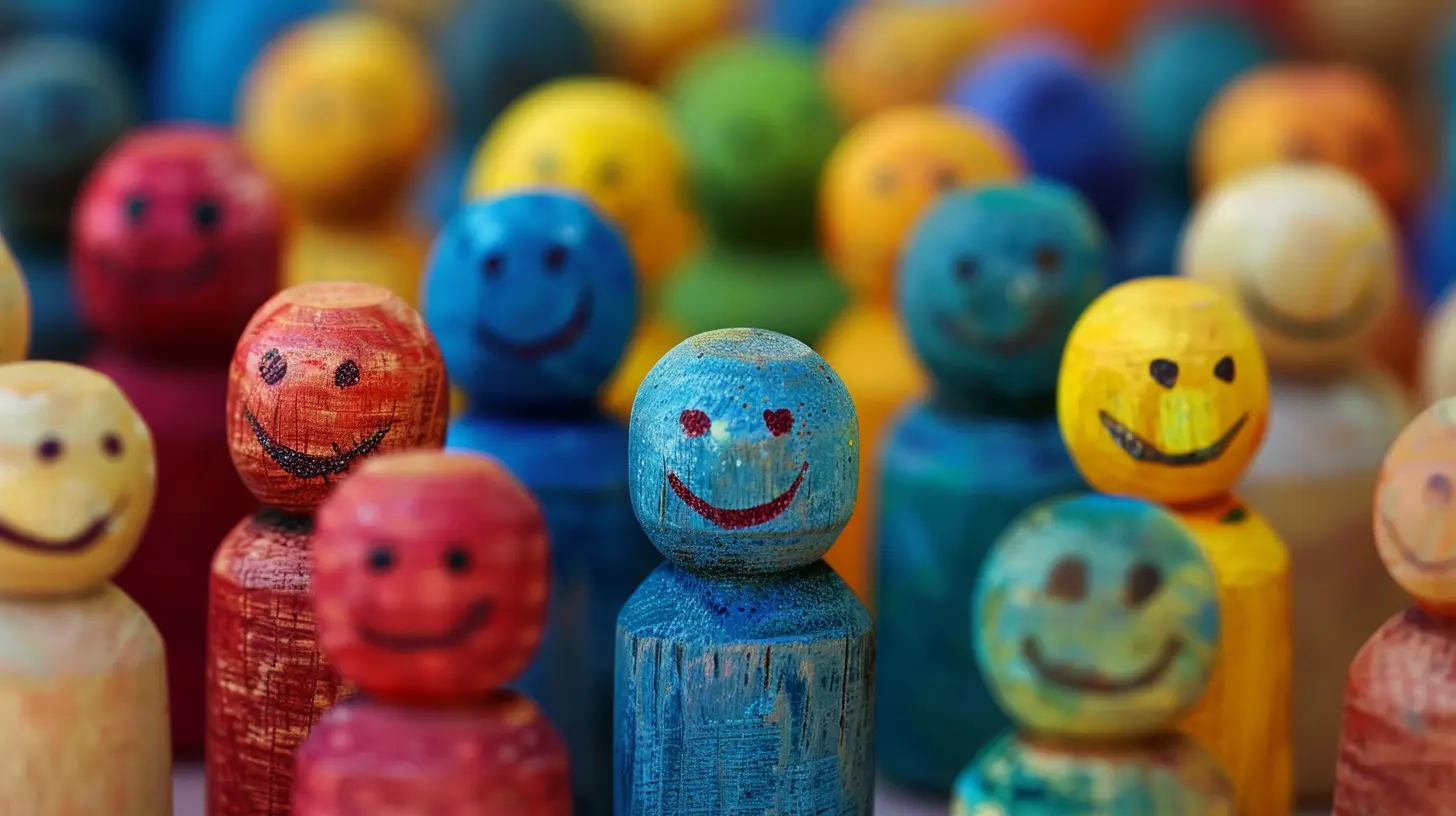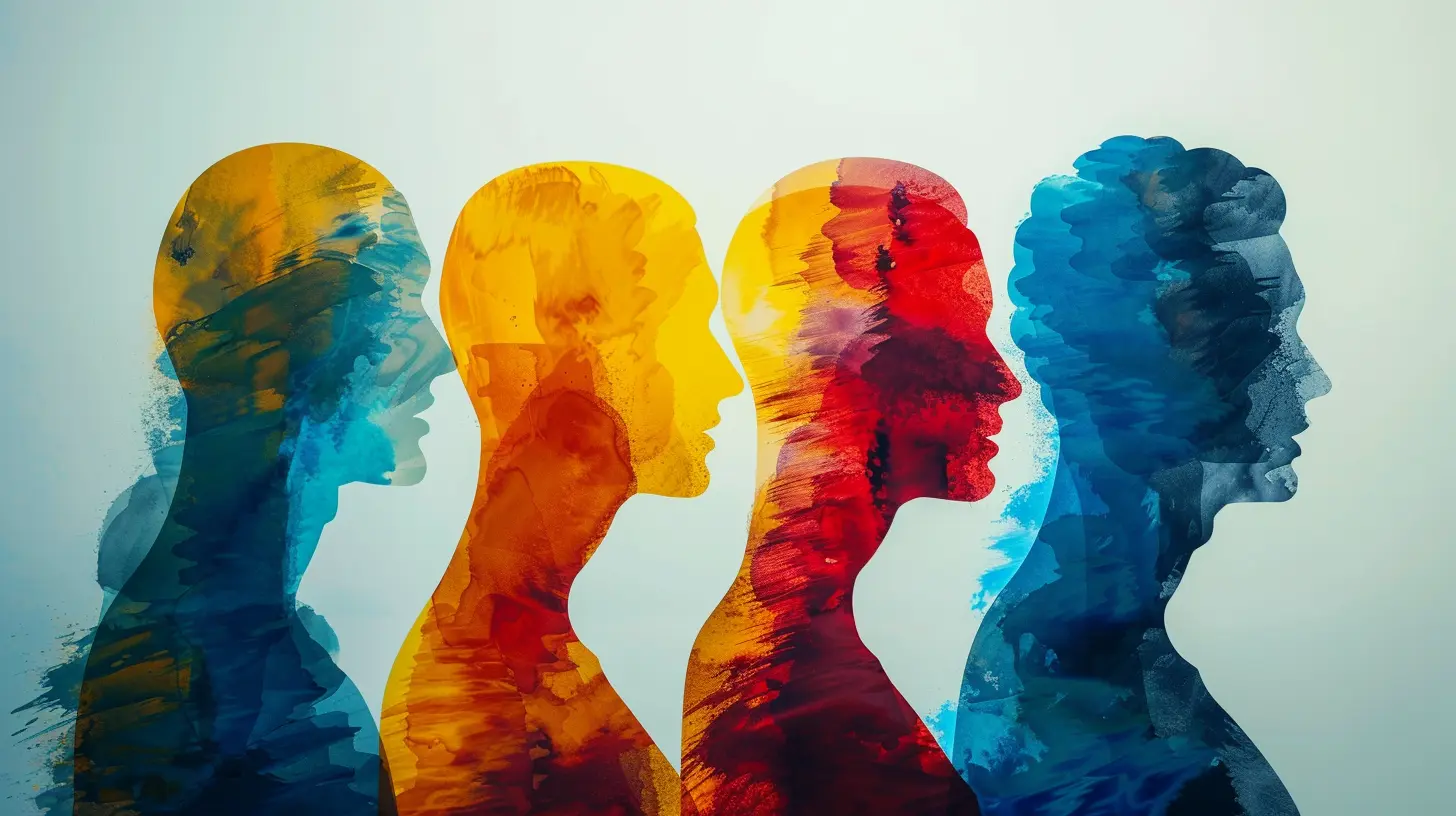The Role of Attitudes in Shaping Social Behavior
11 October 2025
Let’s be real—our thoughts and feelings shape more than just our mood for the day. They guide how we act, who we hang out with, and even how we treat strangers in an elevator. Ever found yourself walking away from someone because they said something that rubbed you the wrong way? That’s your attitude kicking in. But what really are attitudes, and how do they direct the way we interact with the people around us?
In this article, we're diving into the fascinating world of psychology to unpack how our attitudes influence our social behavior. From the quiet judgments we make in seconds, to the passionate debates we land in over coffee—attitudes are the silent drivers behind a ton of human action.
What Are Attitudes, Anyway?
Before we jump into how attitudes shape behavior, let’s understand what we’re dealing with.In psychology, an attitude is a mental and emotional entity that sits between belief and behavior. Basically, it’s how you think and feel about something or someone—it can be positive, negative, or somewhere in between.
Attitudes have three core components:
1. Cognitive: what you believe (e.g., "Smoking is harmful").
2. Affective: how you feel (e.g., "I hate the smell of cigarettes").
3. Behavioral: how you're likely to act (e.g., "I avoid smokers").
Think of it as a tripod. All three legs work together to support your overall outlook—and ultimately, your behavior.
How Are Attitudes Formed?
We aren’t born with attitudes; they’re shaped throughout our lives, like clay on a spinning wheel.1. Personal Experiences
Ever had food poisoning from shrimp and now can’t even look at it? Yep—that’s your attitude being shaped by experience. When we have strong emotional responses, they often hard-wire into our thought patterns.2. Social Influence
From family, friends, peer groups, religion, or culture—we’re constantly absorbing cues and opinions. As kids, we form beliefs based largely on what the people around us believe.3. Media & Communication
TV shows, movies, social media, news—you name it. Media has a sneaky way of influencing attitudes, especially when we're not fully aware it's happening.4. Learning and Conditioning
Remember Pavlov’s dogs? Just like them, we can be conditioned to associate certain stimuli with feelings or actions. For instance, if you always studied in a quiet library and scored well, you might develop a positive attitude toward quiet study spaces.
Attitudes as Filters: How They Shape Social Behavior
Okay, now here’s where it gets juicy. Our attitudes act like filters or lenses—tinted glasses that color the way we view the world and interact with people.1. First Impressions
Let’s say you meet someone wearing flashy designer brands. If you have an attitude that labels luxury as "pretentious", you might immediately feel standoffish. But if your attitude associates luxury with success, you might feel drawn to them. See how that works?2. Forming Friendships or Avoiding Them
People with matching attitudes often become friends. It's no surprise that we click better with folks who view the world like we do. The phrase "birds of a feather flock together" owes a lot to attitude alignment.On the flip side, conflicting attitudes can be a dealbreaker. If you’re a hardcore environmentalist and someone mocks climate change, you might distance yourself right away.
3. Group Behavior
Groups often create norms or shared attitudes—think sports fans, religious communities, or political movements. These shared attitudes help reinforce group identity and encourage behavior that aligns with the group.Ever wonder how mob mentality starts? It often begins with a shared attitude that justifies extreme behavior.
The Feedback Loop Between Attitudes and Behavior
Here’s the twist: it’s not just that attitudes shape behavior—behavior can also shape attitudes. Weird, right?Cognitive Dissonance: When Attitudes and Actions Clash
Ever done something that felt "off" compared to how you usually feel or think? That uncomfortable tension is called cognitive dissonance. It might force you to either change your behavior or adjust your attitude to ease the conflict.For example, if you always say you hate gossip but find yourself dishing the latest drama, you might start justifying it by saying, “Well, I’m just expressing concern.” Voilà—your attitude shifts a bit to fit your behavior.
Self-Perception Theory
Sometimes we don’t even know how we feel until we reflect on what we did. Like if you volunteer one weekend and actually enjoy it, you might start thinking, “Maybe I really do care about helping others.” That’s self-perception building your attitude post-behavior.When Are Attitudes Strongest in Influencing Behavior?
Not all attitudes are created equal. Some are like whispers while others are like megaphones in your brain.1. Accessibility
If an attitude comes to mind quickly, it’s more likely to influence how you act. For example, if you’re passionate about racial equality, you won’t hesitate to call out a racist joke.2. Direct Experience
Attitudes based on personal experience tend to be more deeply rooted. You’re more likely to act on something you’ve lived through rather than just read about.3. Consistency Between Components
When the belief, feeling, and intended behavior all point in the same direction, the attitude becomes a strong motivator. It's like having all the green lights on.Attitudes and Prejudice: The Dark Side of the Coin
Sadly, not all attitudes lead to positive social behavior. Some promote discrimination, exclusion, and even violence.Prejudice is essentially a negative attitude toward a group based solely on their membership in that group—be it race, religion, gender, or sexuality.
These harmful attitudes often operate under the surface—built through years of cultural conditioning, misinformation, or fear. And they contribute to systemic issues like racism, sexism, and xenophobia.
The kicker? Changing these deep-seated attitudes requires effort, awareness, and often, a willingness to be uncomfortable.
Changing Attitudes: Can We Really Do It?
Good news—attitudes are changeable. They’re not set in stone. But changing them? It takes work.1. Education and Awareness
When people are exposed to new information that challenges their current beliefs, it can shake things up. This is why open conversations are so crucial.2. Direct Exposure
Meeting people from different backgrounds or trying new experiences can blast through stereotypes and bias. It’s a lot harder to maintain a negative attitude when reality stares you in the face.3. Persuasion
From public service announcements to talks with friends, persuasive communication can slowly shift attitudes. Just think about how society’s attitude toward smoking changed over the last few decades.4. Cognitive Dissonance Strategies
Encouraging people to act contrary to their beliefs (in a safe and ethical way) can trigger dissonance—and sometimes, a new attitude to match the behavior.Why This All Matters in Everyday Life
Okay, so we’ve covered what attitudes are, how they form, how they guide behavior, and how they can be changed. But why should you care?Because whether you’re leading a team, raising kids, navigating relationships, or just trying to be a decent human—understanding the power of attitudes gives you a massive edge.
Want to improve your social skills? Start by being aware of your own attitudes.
Want to create change in your community? Help shift deeply held beliefs.
Want to connect better with others? Understand what might be driving their actions.
It all starts inside the mind—and ripples outward into every social interaction.
Closing Thoughts
Attitudes are the inner GPS of our social lives. They guide how we respond, who we align with, what we stand for, and what we stand against. Sometimes they steer us in the right direction—and sometimes they need a serious recalibration.The key is awareness. If we can recognize how our attitudes are shaping our world, we can take ownership of how we engage with others. And that, right there, is where real change begins.
all images in this post were generated using AI tools
Category:
Social PsychologyAuthor:

Gloria McVicar
Discussion
rate this article
1 comments
Ximena McAnally
This article insightfully highlights how attitudes influence our social interactions and decision-making. Understanding this connection can empower us to foster positive behaviors and improve our relationships in various social contexts.
October 27, 2025 at 4:33 AM

Gloria McVicar
Thank you for your thoughtful comment! I'm glad you found the article insightful and appreciate the importance of understanding attitudes in enhancing our social interactions.


